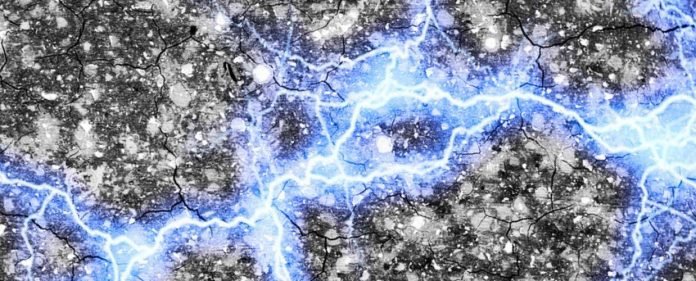Massachusetts Institute of Technology (MIT) scientists have developed an affordable energy storage system that can be incorporated into building foundations and roads to support the shift toward renewable energy. This significant advancement has opened up the possibility of embedding energy storage into concrete, which could lead to the creation of electric device-charging buildings and roads.
Overview of Achievement
A recent breakthrough by MIT scientists has resulted in the development of an affordable energy storage system that uses cement, water, and carbon black to create a supercapacitor. This innovative device functions like a rechargeable battery and can be produced using readily available materials, unlike traditional batteries, which rely on limited supply materials like lithium. This technological advancement has the potential to pave the way for the creation of cost-effective electric device-charging buildings and roads.
The research team describes cement and carbon black as “two of humanity’s most ubiquitous materials.” “You have the most-used manmade material in the world, cement, combined with carbon black, which is a well-known historical material – the Dead Sea Scrolls were written with it,” said MIT professor Admir Masic.
Composite’s Fascinating
Regarding energy storage, supercapacitors are a better option than batteries as they can deliver electrical charge much faster. The total surface area of the two electrically conductive plates separated by a thin insulation layer determines how much energy they can store.
With an incredibly high internal surface area, the version being developed is effective because the material formed after adding carbon black to a concrete mixture and allowing it to cure its chemical properties. “The material is fascinating,” said Masic. “The carbon black is self-assembling into a connected conductive wire.”
The Tradeoff Between the Storage Capacity
Researchers discovered that there is a balance between the energy storage capacity of the concrete and its structural strength. They found that adding higher amounts of carbon black in the concrete mixture increases the energy storage capacity of the supercapacitor but weakens the concrete slightly. This tradeoff could be advantageous for applications that do not require the full strength potential of concrete or where it is not playing a structural role. However, for applications such as the foundation or structural elements of a wind turbine base, the optimal mix contains about 10 percent carbon black.



